Canary Islands Dry Woodlands and Forests
The ecoregion’s land area is provided in units of 1,000 hectares. The conservation target is the Global Safety Net (GSN1) area for the given ecoregion. The protection level indicates the percentage of the GSN goal that is currently protected on a scale of 0-10. N/A means data is not available at this time.
Bioregion: Northern Sahara Deserts, Savannas & Marshes (PA24)
Realm: Southern Eurasia
Ecoregion Size (1000 ha):
499
Ecoregion ID:
787
Conservation Target:
53%
Protection Level:
10
States: Spain
Despite its small size, the Canary Island Archipelago is one of the world’s most biodiverse parts of the temperate regions. From laurel forests to giant lizards, the biodiversity of these unique volcanic islands is endemic, unusual and relict. Giant lizards (near 150 cm long), now extinct, once roamed these islands. Today, smaller relatives of these reptiles can be found in cliffs and crevices of islands, like El Hierro, La Gomera, and Tenerife. Many reptile and bird species or sub-species are found exclusively on one island due to years of isolation allowing evolutionary adaption to occur. For example, the La Gomera Giant Lizard lives only on the Island of La Gomera, on one hectare of inaccessible cliff edge.
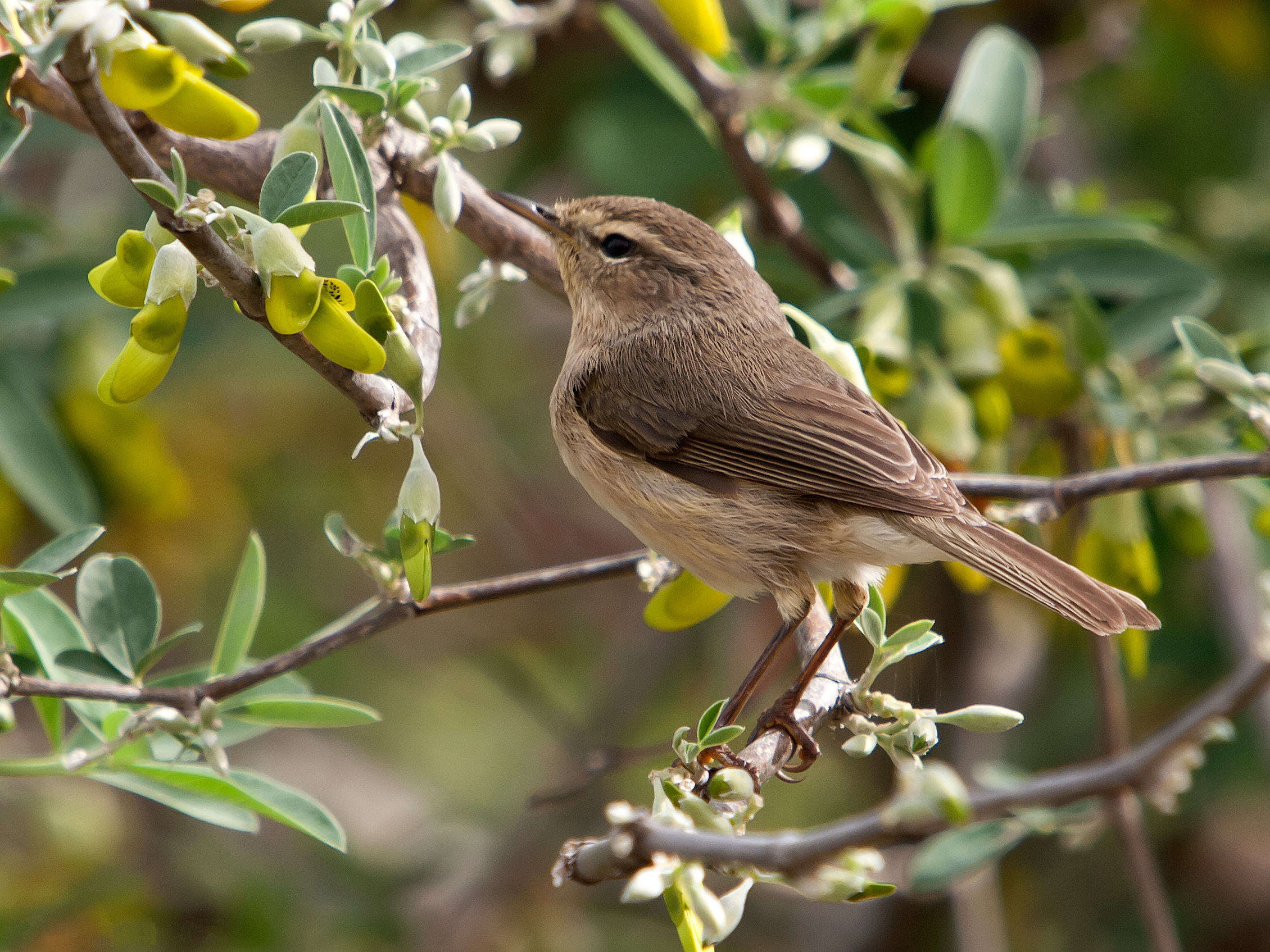
The flagship species of the Canary Islands Dry Woodlands and Forests ecoregion is the Canary Islands chiffchaff. Image credit: Creative Commons
The Canary Archipelago is a group of volcanic islands and rock islets located in the Atlantic Ocean, 115 km from the northwest coast of Africa. This ecoregion includes the five western islands: La Palma, Hierro, Gomera, Tenerife, and Gran Canaria. The Canaries show a wide range of different microclimates. This is caused by several factors such as elevation and orientation, but particularly due to the influence of northeast to southwest sea winds, called alisios.
Precipitation in coastal zones is between 100 and 350 mm per year, increasing to 650 mm per year at higher elevations and at elevations above 600 m, annual rainfall is approximately 400 mm. Humid and shady laurisilva forest grows between 500 and 1,400 m in elevation, with some species reaching more than 20 m in height. Some 20 million years ago, this evergreen forest covered large areas of the world. Endemic Macronesian heaths grow from 500 to 1,700 m. Canarian endemic pine forests are found almost at sea level in southern areas but in the north, are found from 1,200 to 2,400 m in elevation.
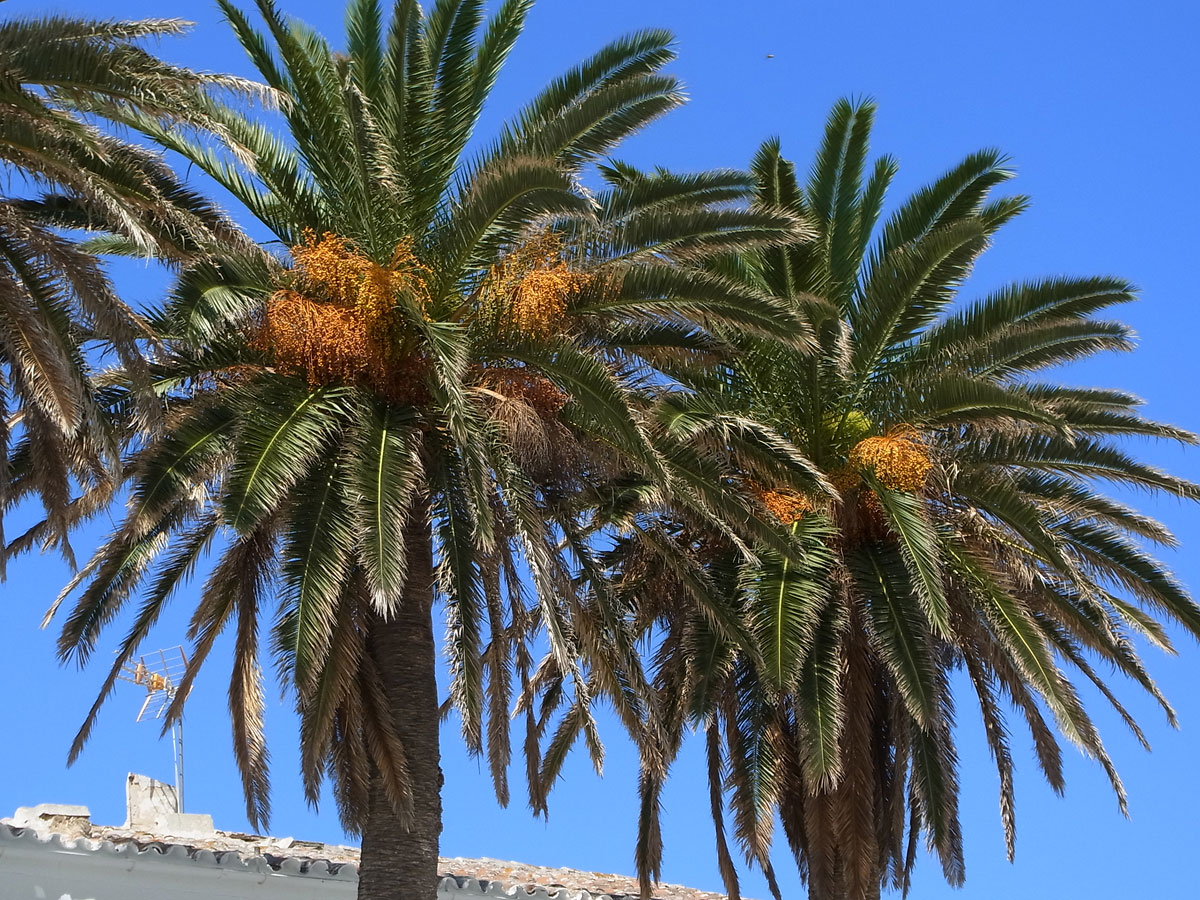
Canary Island date palm. Image credit: Creative Commons
The Canary Islands support a high number of endemic taxa. Over a quarter of the 1,992 vascular plant species found on the Canary Islands are endemic to these islands. Atlantic Islands pipistrelle and Canary big-eared bat are considered near-endemic to this ecoregion (but endemic to the Archipelago). Four birds are endemic to the ecoregion: Bolle's pigeon, laurel pigeon, Canary Islands finch, and Canary Islands kinglet. Vertebrates, especially reptiles, went through an evolutionary radiation as species adapted to the varied island habitats.
As a result, each island has its own species or subspecies of lizard, skink or gecko; there are even island endemic representatives of these three families, including the critically endangered La Gomera giant lizard, El Hierro giant lizard, and Gran Canaria skink. Island specific endemicity is even more spectacular in invertebrates, such as beetles and butterflies. The Geometridae family (Lepidoptera) contains approximately 50% endemicity. There are also important populations of marine species living year-round in Canarian seas including loggerhead, green and leatherback turtles.
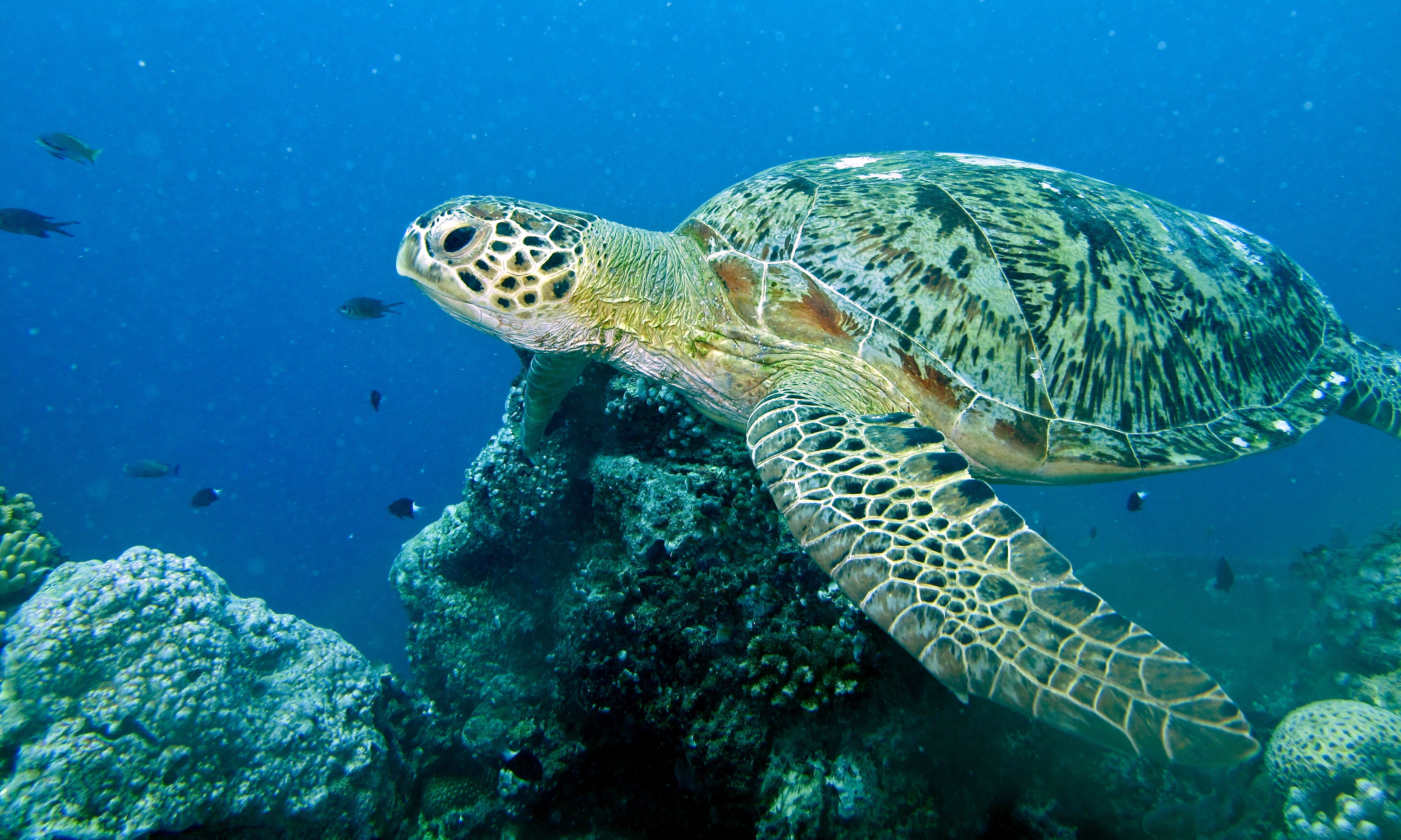
Green turtle. Image credit: Creative Commons
There are still some small areas on the Canary Islands that contain intact habitats, and consequently they display more or less complete biotas. These habitats are located in places like cliffs, steep mountains or rocky isles that tourists rarely frequent. Through the UNESCO program MaB (Man and Biosphere) three reserves have been declared in the Canaries: Los Tiles (in La Palma) and Lanzarote and El Hierro (both complete islands). Although partially or severely affected by human activities, some protected areas are especially important because of the habitat found here. These include the Frontera Rural Park in El Hierro; Caldera de Taburiente National Park in La Palma; Garajonay National Park in La Gomera; Teide National Park in Tenerife; and Doramas Rural Park in Gran Canaria.
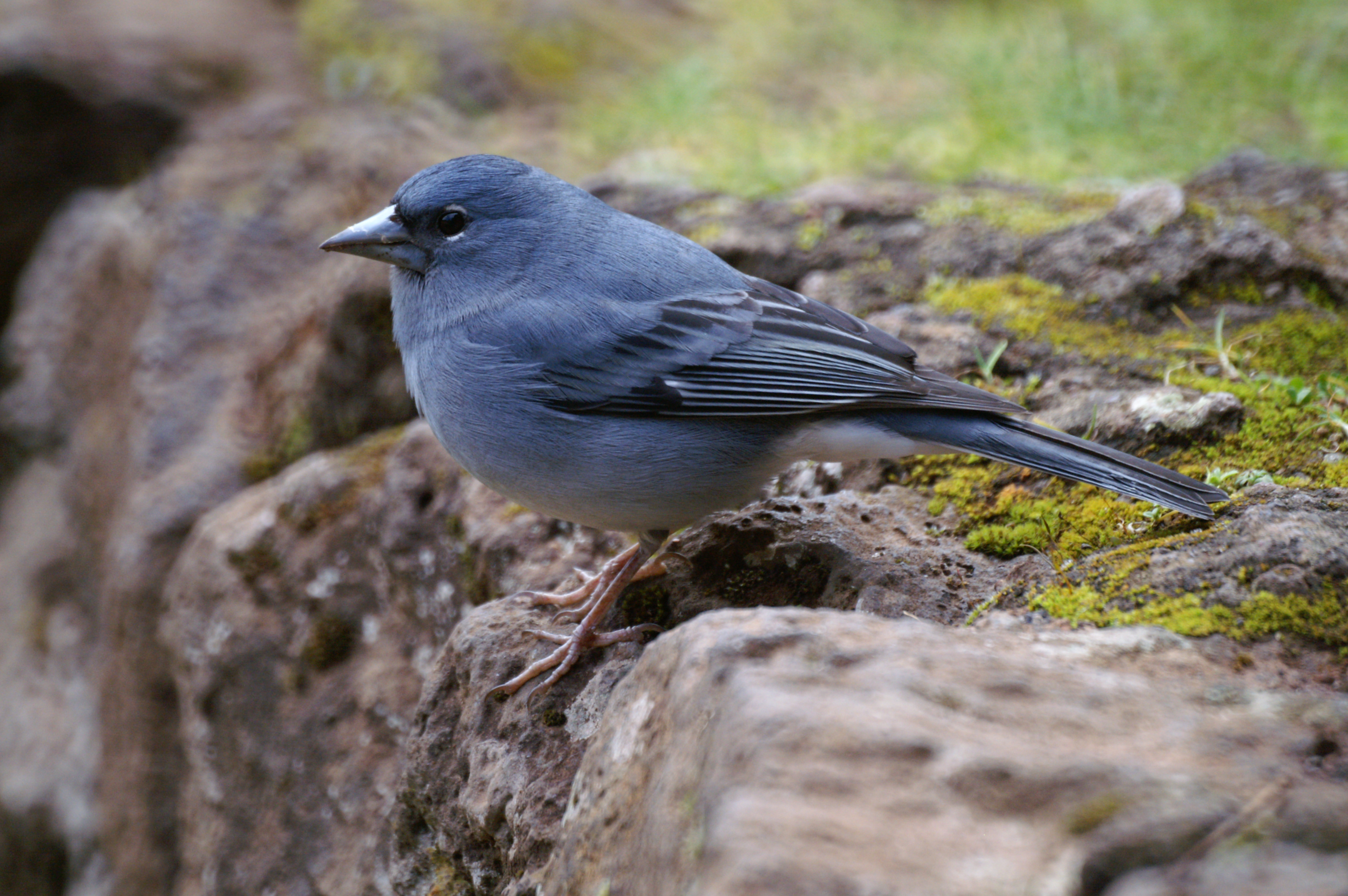
Blue chaffinch. Image credit: Creative Commons
Intensive urban and tourism development and road construction are causing enormous habitat destruction, particularly for coastal and low-elevation ecosystems. The illegal construction of houses inside protected areas is also a major threat. Large areas of once native forest have been transformed into managed forest. One of the most pervasive threats is the introduction of alien species, which threaten local taxa with foreign diseases, hybridization risks, competition, and predatory effects. The most significant introduced predators are feral cats and rats. The critically endangered giant lizard of La Gomera has been driven to near-extinction by feral cats. And rats are the main predators of the eggs of the two endemic pigeon species. Introduced plants, including the prickly pear and spiderwort, are also a threat to native plant species.
The priority conservation actions for the next decade will be to: 1) eradicate introduced, invasive mammals including feral cats, rats, and mice, from the islands to protect endemic species, in particular the giant lizards on La Gomera, El Hierro, and Tenerife; 2) implement bio-controls to prevent future introductions of invasive mammals and develop education campaigns to create awareness of the problems of releasing pets into nature; and 3) develop a sustainable tourism development plan which actively involves all stakeholders.
Citations
- Condé, S. and Richard, D. 2002. Biogeographical regions in Europe. The Macaronesian region–volcanic islands in the ocean. EEA (European Environment Agency), Report No 1/2002-Europe’s biodiversity-biogeographical regions and seas.
- Medina, F.M. and Nogales, M. 2009. A review on the impacts of feral cats (Felis silvestriscatus) in the Canary Islands: implications for the conservation of its endangered fauna. Biodiversity and Conservation, 18(4), pp.829-846.
- Francisco-Ortega, J.A.V.I.E.R., Santos-Guerra, A.R.N.O.L.D.O. and Bacallado, J.J., 2009. Canary Islands, Biology. Encyclopedia of islands, pp.127-133.
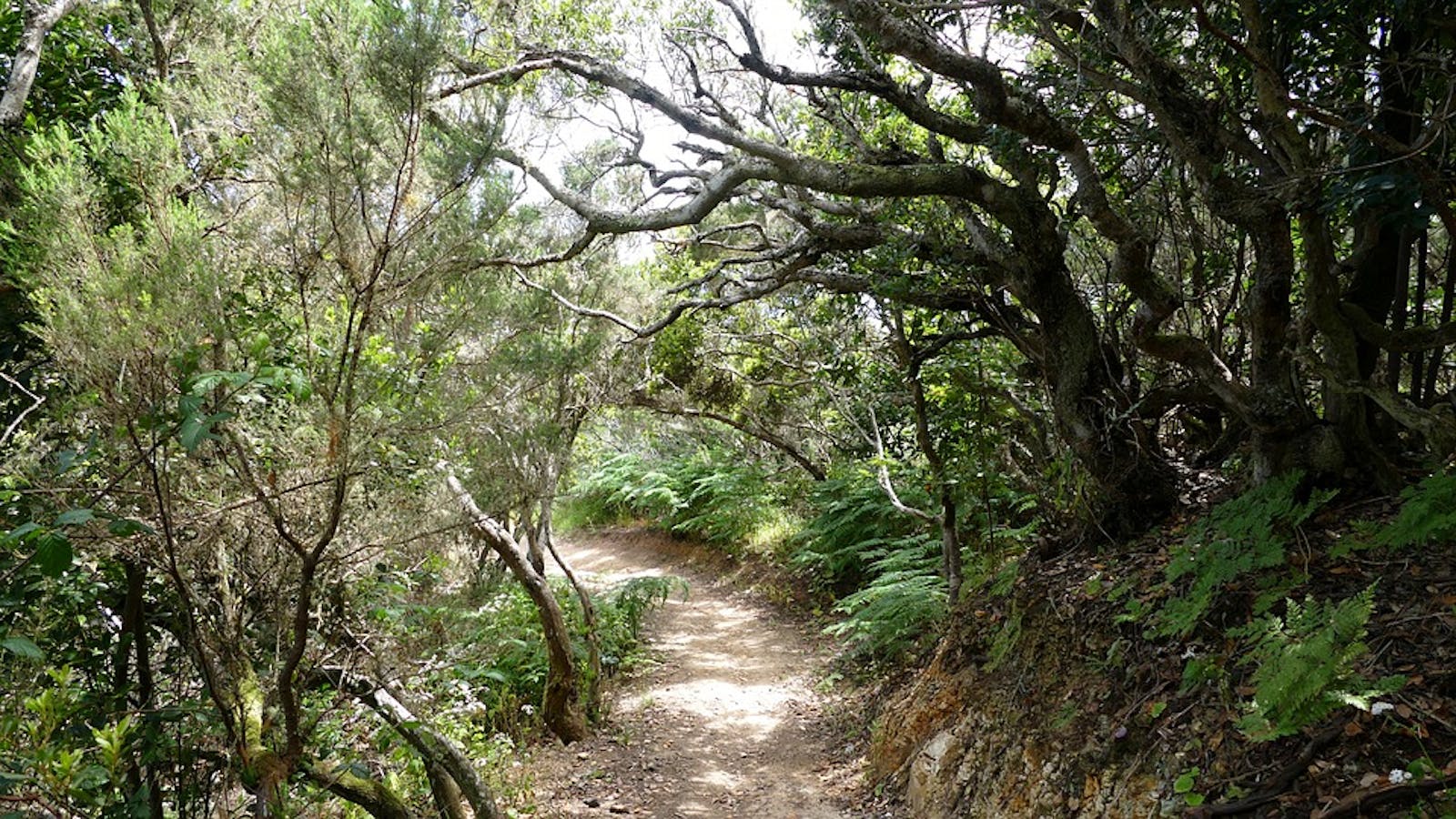

.png?auto=compress%2Cformat&w=300)

